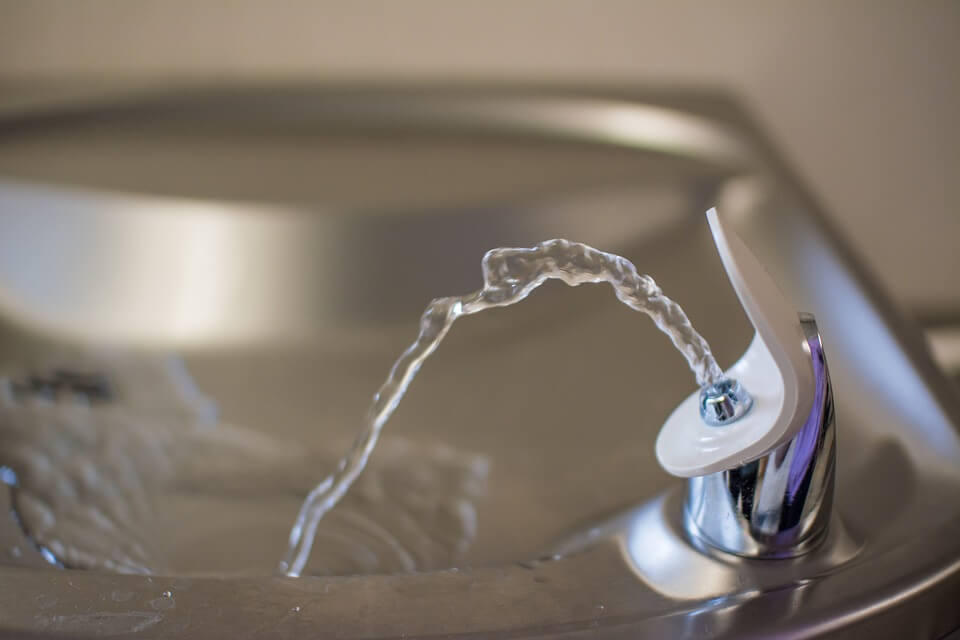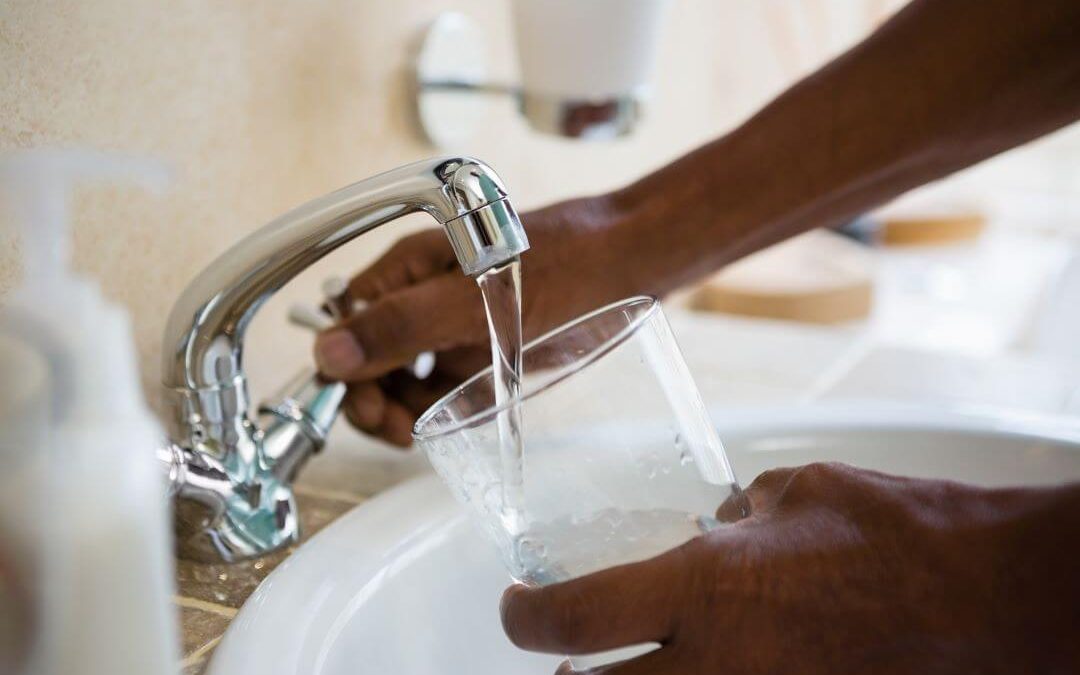What To Do If You Detect Lead In Your Water
Have you discovered lead in your water? What effect will this have on your health? What should you do if you think there may be lead in your water? In this Haztrainer blog post, we will answer all these questions in this post! By the end, you will have the information needed to make safe and smart decisions for you and your family.
Lead in Water Overview
According to the CDC, lead doesn’t occur naturally in our water. Instead, the metal finds its way into our water, mostly through delivery systems like lead pipes. Other sources of lead in our water include parts of water delivery systems i.e., valves and faucets that are soldered together using lead or contain small amounts of lead.
For instance, while the amount of lead in brass is very low, lead present in brass faucets can dissolve in household water. Lead can also get into water when pipes and fixtures corrode. While lead finds its way into our water slowly over time and in small quantities, there should be ZERO lead in drinking water as per the EPA because of the metal’s high toxicity levels.
We should also have Zero exposure to lead because the metal bioaccumulates in our bodies slowly over time, posing serious risks even if the levels in the water are minute.
Given the above information and serious health risks posed by lead, such as brain damage, kidney damage, anemia, and death in cases of extreme exposure, the importance of detecting lead in your water can’t be overemphasized.
How To Detect Lead In Your Water?
If you suspect you may have lead in your water, you will need specialized lead awareness training to be able to ascertain if your water traces of lead or not.
Luckily, anyone can get lead awareness training online via platforms like Haztrainer. If you want affordable, fast, and convenient OSHA and EPA-approved lead awareness training online, look no further!
Training is important for ensuring you detect lead accurately while protecting yourself from exposure. Training includes potential health effects that can help you gauge whether you have already been exposed or not. Try Haztrainer’s 2-hour lead awareness training here before committing yourself.
Employers with workers in industries that risk exposure to lead through water, among other ways should really consider lead awareness training since it is a mandatory requirement.
You can also hire a state-certified officer to test your water for lead. However, this option may be a bit costly. What’s more, you don’t learn about potential health effects, precautions to take, among other important information on lead awareness.
You can buy a test to detect lead. However, most tests aren’t thorough enough to be relied upon when testing drinking water. Your municipal water report can also offer clues on whether your water contains contaminants like lead.
What To Do If You Detect Lead In Your Water
The health effects of drinking water containing lead are dire. They include but aren’t limited to behavioral problems, delayed physical development, and brain damage prevalent when infants, young children, and pregnant women drink contaminated water. If you use any of the above methods and detect lead in your water, take the actions discussed below.
CLICK BELOW TO GET FUN AND FAST LEAD AWARENESS TRAINING

Determine The Source Of Lead
Start by trying to determine the lead source. If you have lead awareness training from Haztrainer, you shouldn’t have a problem identifying potential sources of lead. A person who has undergone lead awareness training can identify taps, pipes, among other common sources of lead. If you don’t have the training, you’ll need to hire a licensed contractor to get to the “root” source.
Flush your water system
Once you find the source i.e., lead pipes, faucets, etc., remove them and flush your water system to get rid of accumulated lead. Avoid drinking or cooking food with tap water found to contain lead. Even after flushing your water system and replacing taps with lead-free ones, don’t consume such water. Instead, use it for cleaning purposes only until you purify it.
Purify Water Using Reverse Osmosis Or Distillation
The two main ways of treating water and getting rid of lead, among other metals and harmful components include;
I. Reverse osmosis: This is the simplest, most economical way of removing lead and all other contaminants in your drinking water. Carbon filters present in reverse osmosis water purification systems are capable of removing lead and other contaminants like bacteria, viruses, nitrates, and aqueous salts.
Buying a reverse osmosis water system to filter your drinking water is the best way to avoid lead and other harmful contaminants in water. However, you should change the system’s filter and cartridges as required to ensure the system is working optimally.
II. Distillation: Distillation can also purify water. However, it is a slow and energy-intensive process since water has to be boiled and the vapor cooled back to liquid form.
Important: Boiling or heating water before drinking doesn’t get rid of lead. In fact, it can raise the concentration of lead in water.
Blood testing for lead exposure
If you find lead present in your water, it is advisable to take a blood test. Since lead exposure is detrimental to a developing brain, your children should be tested. As per the CDC, lead levels in children should be below 5 micrograms for every deciliter of blood. Individuals whose lead exposure surpass safe levels should be treated using methods like chelation therapy.
Looking For Lead Awareness Training Online?
Haztrainer is dedicated to providing OSHA certified training for Asbestos Awareness and Lead Awareness totally online! Our training video courses are fast, efficient, and easy to use. After you complete the training videos you can simply print out your certificate. We are now offering sample training videos for free so you can see first hand how great Haztrainer is before you commit to purchasing the entire course.

Recent Comments